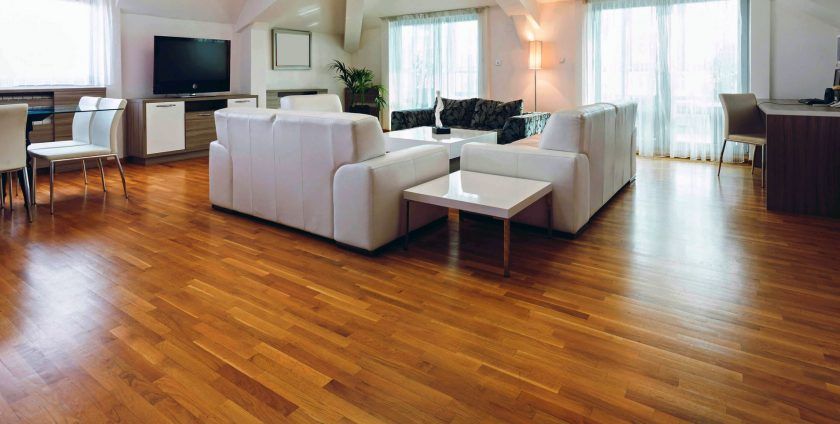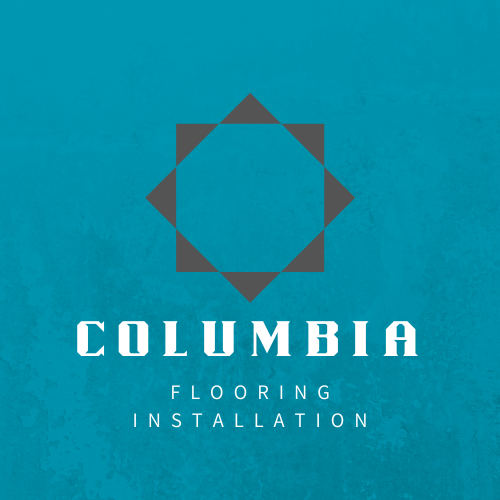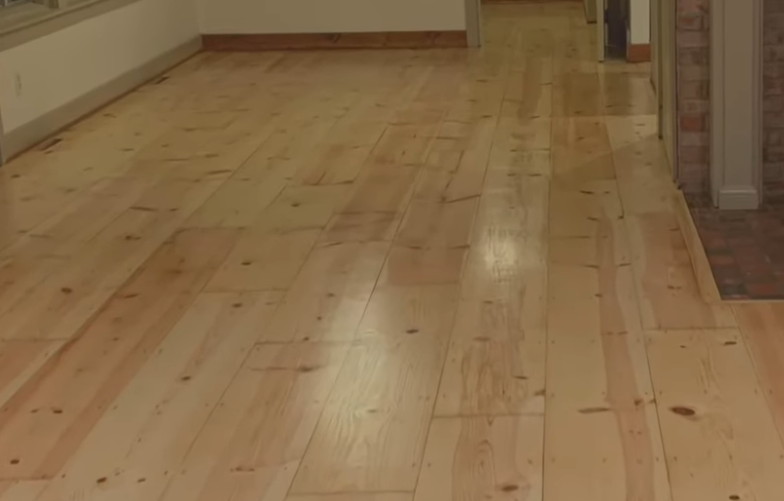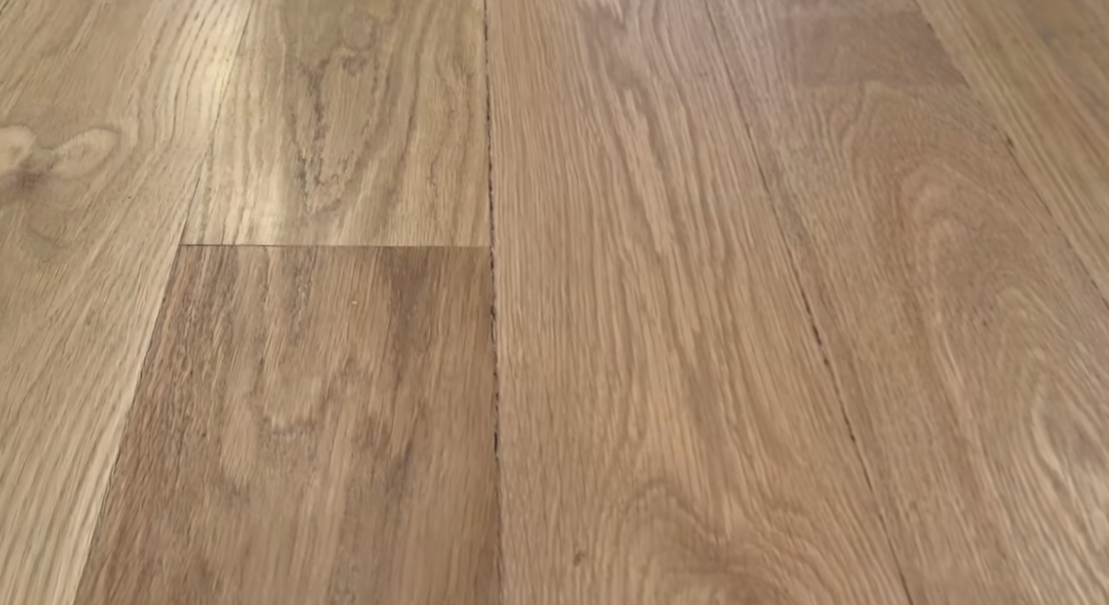Important Tips for DIY Flooring Installation
Installing your own flooring can seem like an exciting DIY project, but it’s essential to know what you’re getting into. The process requires precision, specialized tools, and a fair amount of experience to ensure a durable and attractive result. While we at Columbia Flooring Installation strongly recommend leaving this to the professionals, we understand that some homeowners may still want to try their hand at it. If you do, here are some critical tips to follow—along with cautionary advice about why calling us is the better choice.
1. Choose the Right Flooring Material for Your Space
Different areas of your home have different flooring needs. For example:
Hardwood is ideal for living spaces but unsuitable for humid areas like bathrooms.
Vinyl and tile are great for moisture-prone areas such as kitchens or basements.
Caution: Many homeowners underestimate how much time and research it takes to select the right flooring. Choosing the wrong material can lead to premature wear or even damage to the subfloor. We can help you make the perfect choice for your space, saving you from costly mistakes.
2. Prepare Your Subfloor Properly
A clean, level subfloor is critical for a successful installation.
Remove all debris, old adhesive, or residue.
Use a leveling compound to fill in uneven spots.
Ensure the subfloor is dry to prevent moisture issues.
Caution: Subfloor preparation is often where DIYers go wrong. If the surface isn’t perfectly level, you risk gaps, buckling, or creaking in your new floor. This can require tearing up your work and starting over. Our team has the tools and expertise to ensure your subfloor is perfectly prepped.
3. Measure Twice, Cut Once
Precision is key when cutting planks, tiles, or sheets to fit.
Use the correct tools for cutting your specific flooring type.
Double-check all measurements before making a cut.
Leave an expansion gap for materials like hardwood that expand and contract with temperature changes.
Caution: Incorrect cuts can result in wasted materials and noticeable gaps in your flooring. This is one of the most common and costly mistakes homeowners make. With our professional team, you’ll never have to worry about wasting money on errors.
4. Use the Right Tools
Each flooring type requires specific tools:
A tile cutter for ceramic and porcelain.
A flooring nailer for hardwood.
Adhesive applicators for vinyl.
Caution: The cost of renting or buying these tools can quickly add up, often making DIY projects more expensive than hiring a professional. Plus, improper use of tools can damage your flooring or even cause injuries. We bring all the necessary tools to your project, ensuring safety and precision.
5. Account for Patterns and Direction
Laying planks or tiles in the wrong direction can disrupt the flow of your room and make the space look uneven.
For wood-look flooring, planks should run parallel to the longest wall in the room.
When working with patterned tile, ensure the design aligns consistently across the room.
Caution: Misaligned patterns or improperly oriented planks are glaring mistakes that are difficult (and expensive) to fix. Our professionals have an eye for detail and know how to create a flawless look.
6. Allow Flooring to Acclimate
Materials like hardwood and laminate need to adjust to the room’s temperature and humidity before installation.
Place the flooring in the room for 48–72 hours before starting.
Avoid installing in extreme temperature conditions.
Caution: Skipping this step can cause the flooring to expand or contract after installation, leading to gaps or buckling. With us, you won’t have to worry—we handle acclimation for you to ensure lasting results.
7. Don’t Underestimate Time and Physical Labor
Flooring installation is physically demanding and time-consuming, especially for larger spaces.
Be prepared to spend hours on your knees measuring, cutting, and installing.
Factor in time for cleanup and waste disposal.
Caution: Many homeowners start a DIY project only to realize halfway through that they’re overwhelmed. This often results in rushed or poorly executed work. By hiring Columbia Flooring Installation, you can avoid the stress and enjoy professional results in less time.
8. Budget for Unexpected Costs
DIY projects often involve unforeseen expenses, including:
Extra materials to account for mistakes.
Repairs to subfloor issues you didn’t anticipate.
Renting tools you didn’t think you’d need.
Caution: These surprises can add hundreds—or even thousands—to your budget. With our transparent pricing, you’ll know the total cost upfront and avoid any unpleasant surprises.
9. Know When to Call a Professional
Even if you’re confident in your DIY skills, there’s no substitute for professional experience. Flooring is a significant investment in your home, and mistakes can lower its value and cost you more in the long run.
At Columbia Flooring Installation, we bring decades of experience, state-of-the-art tools, and a commitment to excellence. Our skilled team ensures every detail is handled, from subfloor preparation to final cleanup. Plus, our rates are affordable and transparent—proving that professional installation doesn’t have to break the bank.
Why DIY Isn’t Always Worth It
While the idea of installing your own flooring might seem like a fun challenge, the reality is that most homeowners underestimate the complexity of the task. Between hidden costs, time-consuming labor, and the risk of costly mistakes, DIY flooring often ends up being more trouble than it’s worth.
When you work with Columbia Flooring Installation, you’re not just hiring a service—you’re gaining peace of mind. Our expertise, affordability, and dedication to customer satisfaction mean you’ll have beautiful, durable flooring that’s done right the first time.
Ready for Stress-Free Flooring?
If you’re considering installing new flooring, skip the headaches of DIY and let the professionals handle it. Call Columbia Flooring Installation today for a consultation and see how we can transform your space with precision and care.
Let’s create something beautiful—without the stress.



